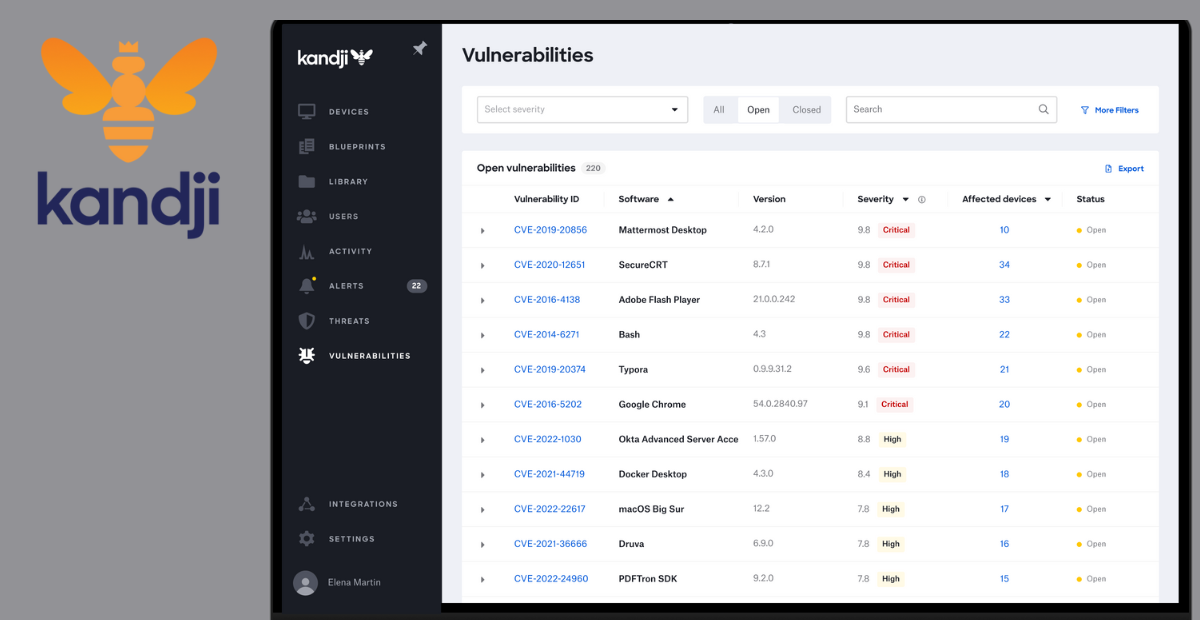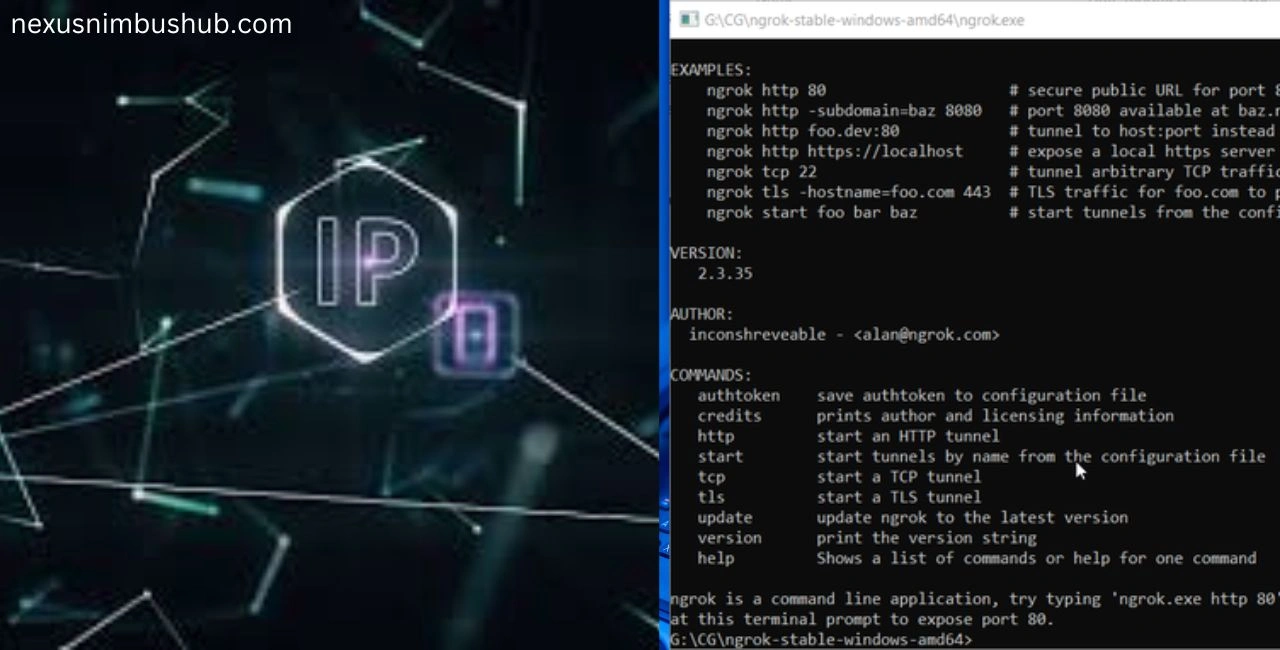Kandji is a cloud-based platform designed for Apple device management, offering businesses a powerful tool to manage and secure their fleet of Apple devices. It enables IT administrators to streamline operations by automating a range of tasks such as device setup, security policies, and compliance management, making it particularly useful for organizations with a significant number of Apple devices.
What is Kandji?
It is an endpoint management platform tailored specifically for Apple devices like Macs, iPhones, iPads, and Apple TVs. Its cloud-based architecture makes it easy for organizations to manage and secure their Apple fleet remotely. Kandji’s solution includes zero-touch deployment, application management, security settings, compliance enforcement, and more.
The platform is particularly suited for organizations looking to simplify their Apple device management by automating repetitive tasks, enforcing security compliance, and maintaining a seamless IT environment.
Kandji Features
- Automated Device Enrollment: Zero-touch deployment allows for automated setup and configuration of Apple devices right out of the box.
- Security and Compliance: It enforces compliance with pre-built templates for various regulations such as SOC 2 and HIPAA.
- App Deployment and Patch Management: The platform provides a simple way to deploy apps across an organization and ensures devices are always up to date.
- Remote Access and Control: It allows administrators to manage and troubleshoot devices remotely.
- Self-Healing Features: The platform automatically detects and fixes non-compliant settings, keeping the system secure without manual intervention.
Also Read:- Understanding The Truth Value Of A Series Is Ambiguous||www.micronavdisha.com
Kandji Login: Streamlined Access
The login process for It is simple, ensuring quick and secure access to its services. To log into Kandji, users need to follow these steps:
- Go to the Kandji Website: Open your browser and navigate to It’s official website.
- Click on ‘Login’: On the top right corner of the homepage, click on the “Login” button.
- Enter Credentials: Users must input their email address and password. If the organization uses Single Sign-On (SSO), users will be redirected to the company’s identity provider for login.
- Access the Dashboard: Once logged in, users will be directed to the dashboard, where they can manage their devices, deploy apps, and ensure compliance.
The login process is secured with industry-standard encryption, ensuring the safety of data during transit. It also supports two-factor authentication (2FA), adding an extra layer of security to the login procedure.
Kandji Pricing
It offers flexible pricing plans depending on the size and needs of the organization. It’s pricing model is typically per device, which makes it scalable for organizations of all sizes, from small businesses to large enterprises.
Kandji Pricing Tiers
- Basic Plan: This is designed for small businesses that need essential features like device enrollment, configuration profiles, and app management.
- Cost: Typically ranges around $3-$4 per device per month.
- Standard Plan: Ideal for medium-sized organizations, this plan includes more advanced features such as security enforcement, custom scripts, and compliance templates.
- Cost: Estimated to be around $6-$8 per device per month.
- Enterprise Plan: For larger organizations with advanced needs, the enterprise plan includes all the features of the Standard Plan plus premium customer support, customized compliance settings, and enhanced security features.
- Cost: Usually ranges between $10-$12 per device per month, with volume-based discounts available.
- Free Trial: It offers a 14-day free trial for organizations to explore its features before committing to a paid plan.
It’s worth noting that pricing can vary based on factors like the size of the organization, the number of devices, and any custom integrations that might be needed.
Kandji vs Jamf: A Detailed Comparison
When it comes to Apple device management, Kandji and Jamf are two of the most prominent names in the industry. Both offer powerful tools for managing Apple devices, but there are key differences between them.
Kandji Overview
- Target Audience: Small to medium-sized enterprises, though it is scalable for larger organizations.
- Key Features: Automated device management, compliance enforcement, zero-touch deployment, and robust app management.
- Ease of Use: It focuses on simplicity and automation, making it an attractive option for organizations without a dedicated IT team.
Jamf Overview
- Target Audience: Large enterprises with complex IT infrastructures.
- Key Features: Advanced security controls, comprehensive customization, scripting, and integrations with a wide range of third-party services.
- Ease of Use: Jamf offers extensive control but requires a more hands-on approach, making it more suited to organizations with specialized IT teams.
Key Differences
- Automation: It emphasizes automation to a greater extent, offering features like auto-remediation for non-compliance, making it easier for smaller teams to manage devices. Jamf requires more manual intervention.
- Pricing: It tends to be more cost-effective for smaller organizations, while Jamf’s pricing model is more suited to large enterprises.
- Customization: Jamf offers more in-depth customization and flexibility, while It provides a more streamlined and user-friendly approach.
- Support for Third-Party Integrations: Jamf offers more extensive support for third-party integrations, while Kandji focuses on seamless Apple device management with a smaller selection of integrations.
Also Read:- Timewarp Taskus||Heart and Soil Her Package||Secret Coin Casino
Kandji Careers
It is a growing company that offers a variety of career opportunities across multiple departments. As a tech-driven company, Kandji focuses on building a diverse team of professionals passionate about technology, innovation, and customer success.
Job Openings
It regularly has openings in departments like:
- Engineering and Product Development: For professionals with skills in software engineering, product management, and UI/UX design.
- Sales and Marketing: Opportunities for sales executives, marketing professionals, and customer success managers to help grow Kandji’s business.
- Customer Support: Positions in technical support, account management, and customer onboarding.
Work Culture
It emphasizes a remote-first work culture, giving employees the flexibility to work from anywhere. The company also values professional growth, offering opportunities for learning and development.
How to Apply
Interested candidates can visit Kandji’s official careers page to browse open positions and submit applications.
Also Read:- Comprehensive Guide to the Convatec Natura Closed End Pouch||Netwyman Blogs
Kandji Activity Tracking
One of the standout features of Kandji is its activity tracking. This feature allows administrators to monitor the status and activities of managed devices, ensuring that they remain compliant with organizational policies and are performing optimally.
Key Functions of Activity Tracking
- Compliance Monitoring: Automatically tracks devices to ensure compliance with predefined policies such as password requirements, encryption, and software updates.
- Real-Time Alerts: Sends notifications for critical issues, such as devices being out of compliance, failed security checks, or missed updates.
- Detailed Reports: Provides comprehensive reports on device performance, compliance status, and software versioning.
- Automated Remediation: It’s activity tracking includes automated remediation, where it fixes non-compliant devices by adjusting settings or applying patches without the need for manual intervention.
Also Read:- Cute:mnkymce3zh8= Drawing||Recifest||Rpay Balance Enquiry
Conclusion
It is a robust Apple device management platform that excels in automating device enrollment, security, and compliance for businesses of all sizes. With its competitive pricing, ease of use, and focus on automation, Kandji is an excellent choice for organizations looking to manage their Apple fleet efficiently.
Whether you are considering It for your business or comparing it with other solutions like Jamf, Kandji’s automation features, compliance tracking, and streamlined interface make it a top contender in the world of device management platforms.
FAQ’s
What types of devices does Kandji support?
It is designed specifically for managing Apple devices such as Macs, iPhones, iPads, and Apple TVs.
How does Kandji help with compliance?
It offers pre-built templates for various regulations like SOC 2 and HIPAA, ensuring devices remain compliant with industry standards.
Is there a free trial available?
Yes, It offers a 14-day free trial for organizations to explore its features before subscribing to a paid plan.
Can Kandji be used by small businesses?
Absolutely! It is ideal for small and medium-sized businesses due to its user-friendly interface and automation features.
Does Kandji support third-party integrations?
Yes, It integrates with a range of third-party tools, although Jamf offers a broader selection of integrations.




